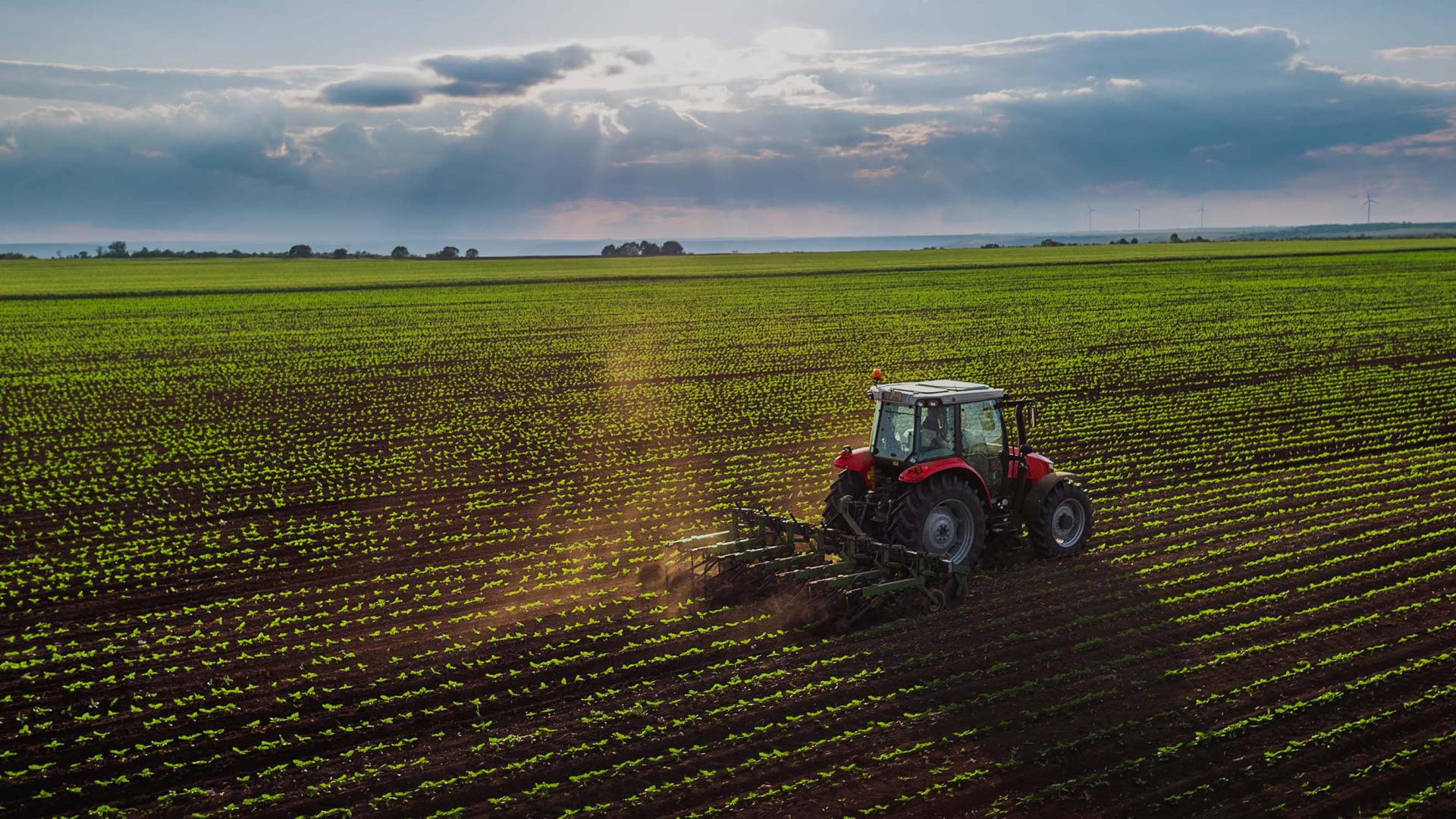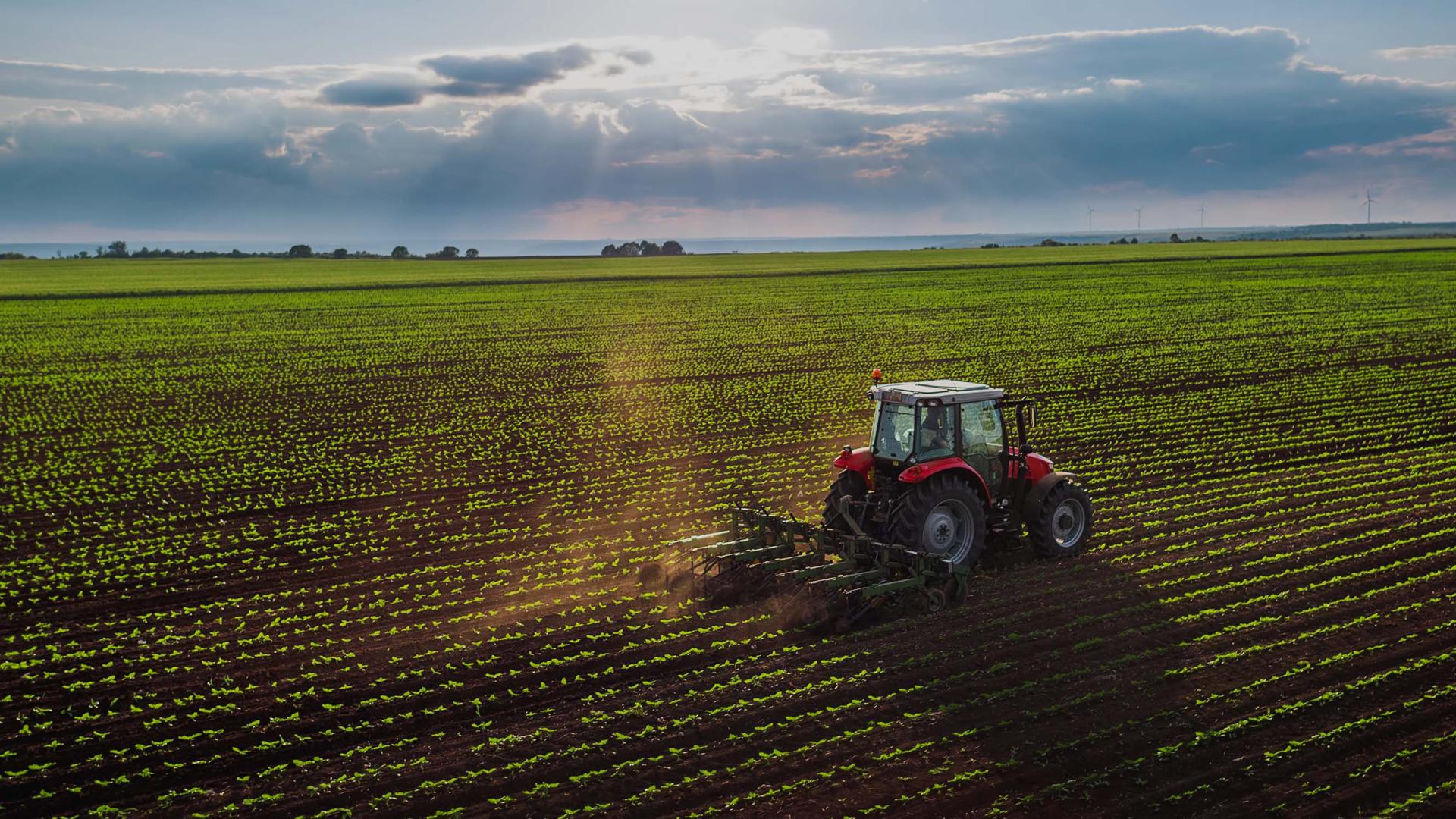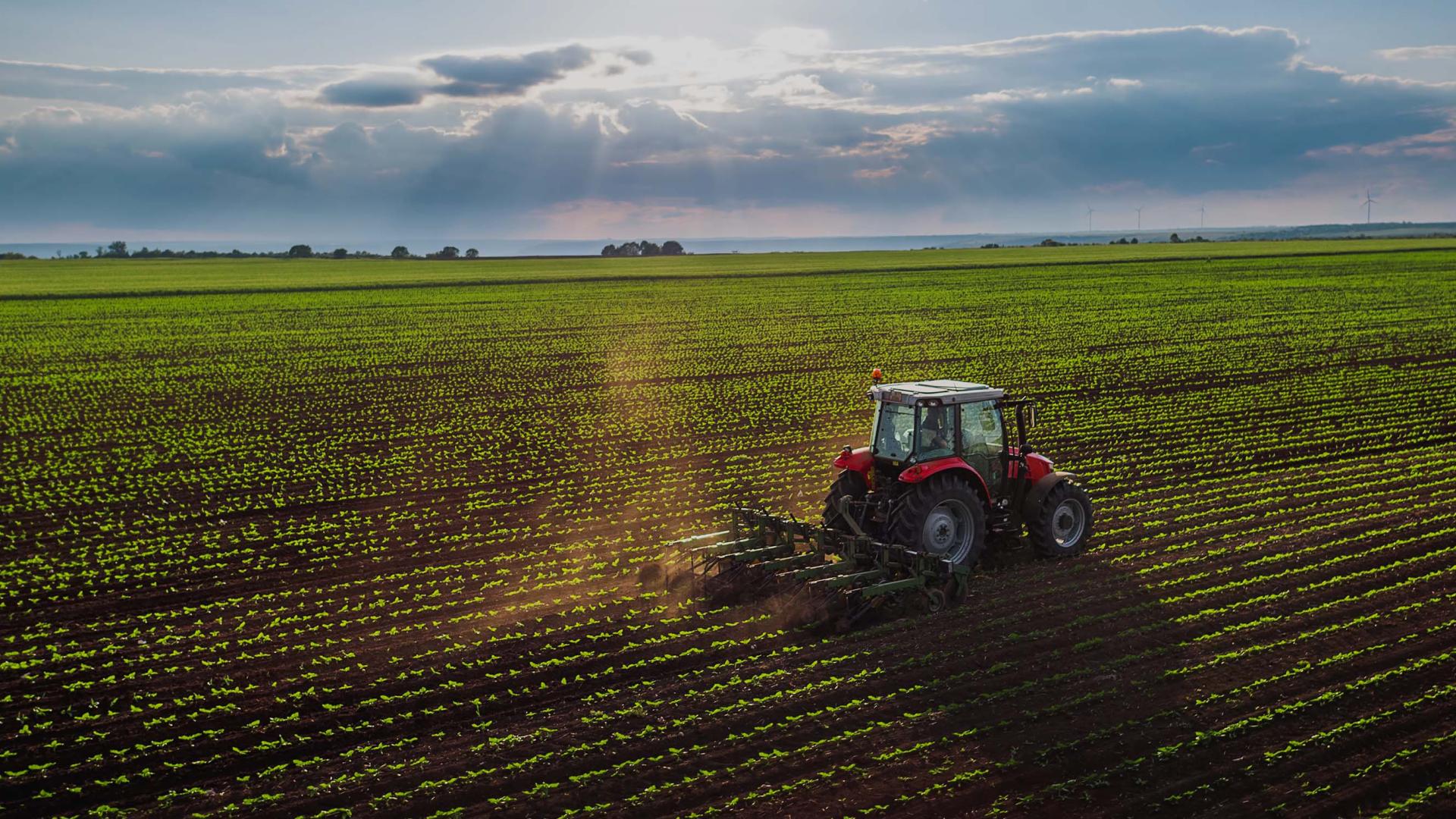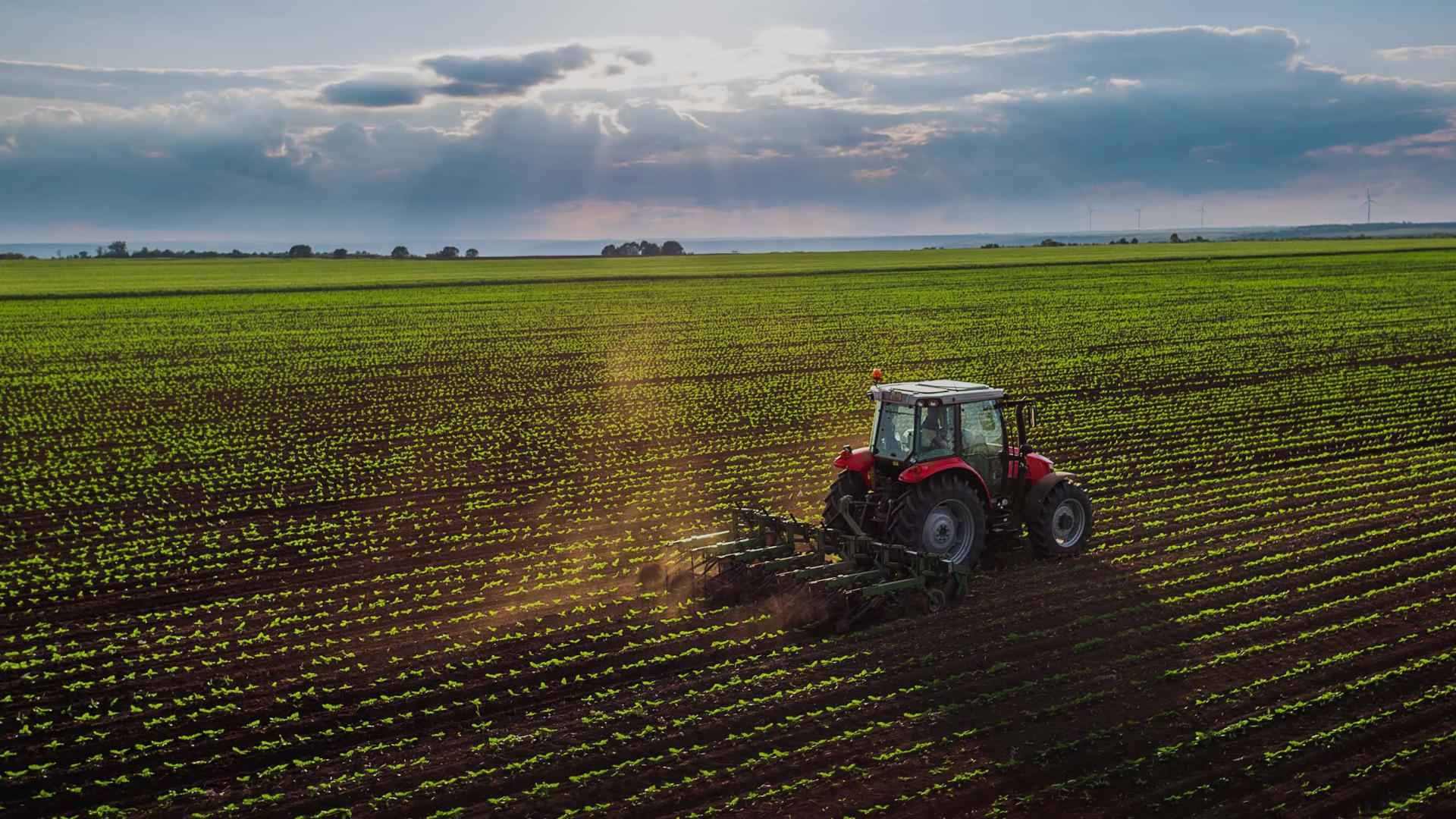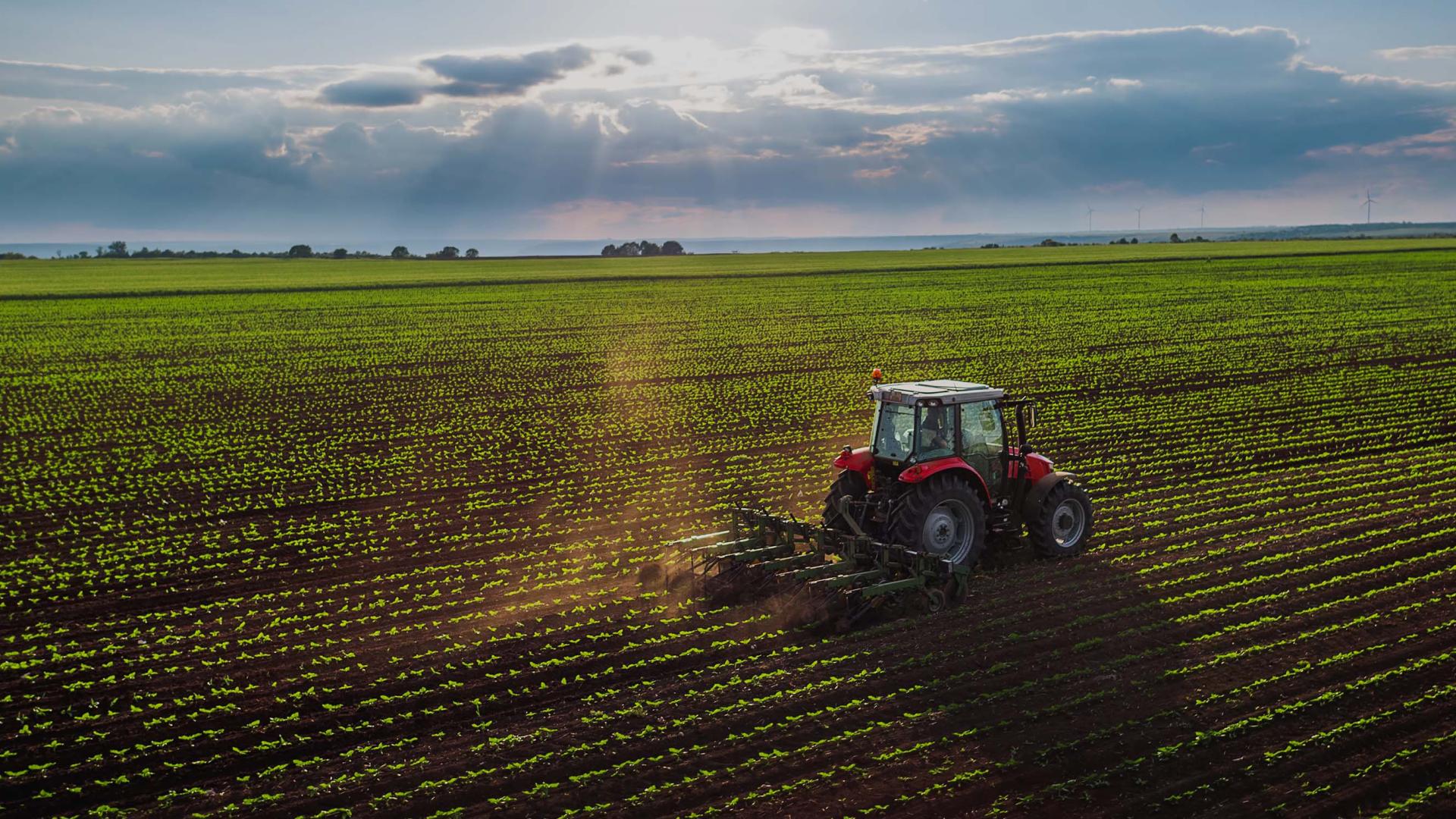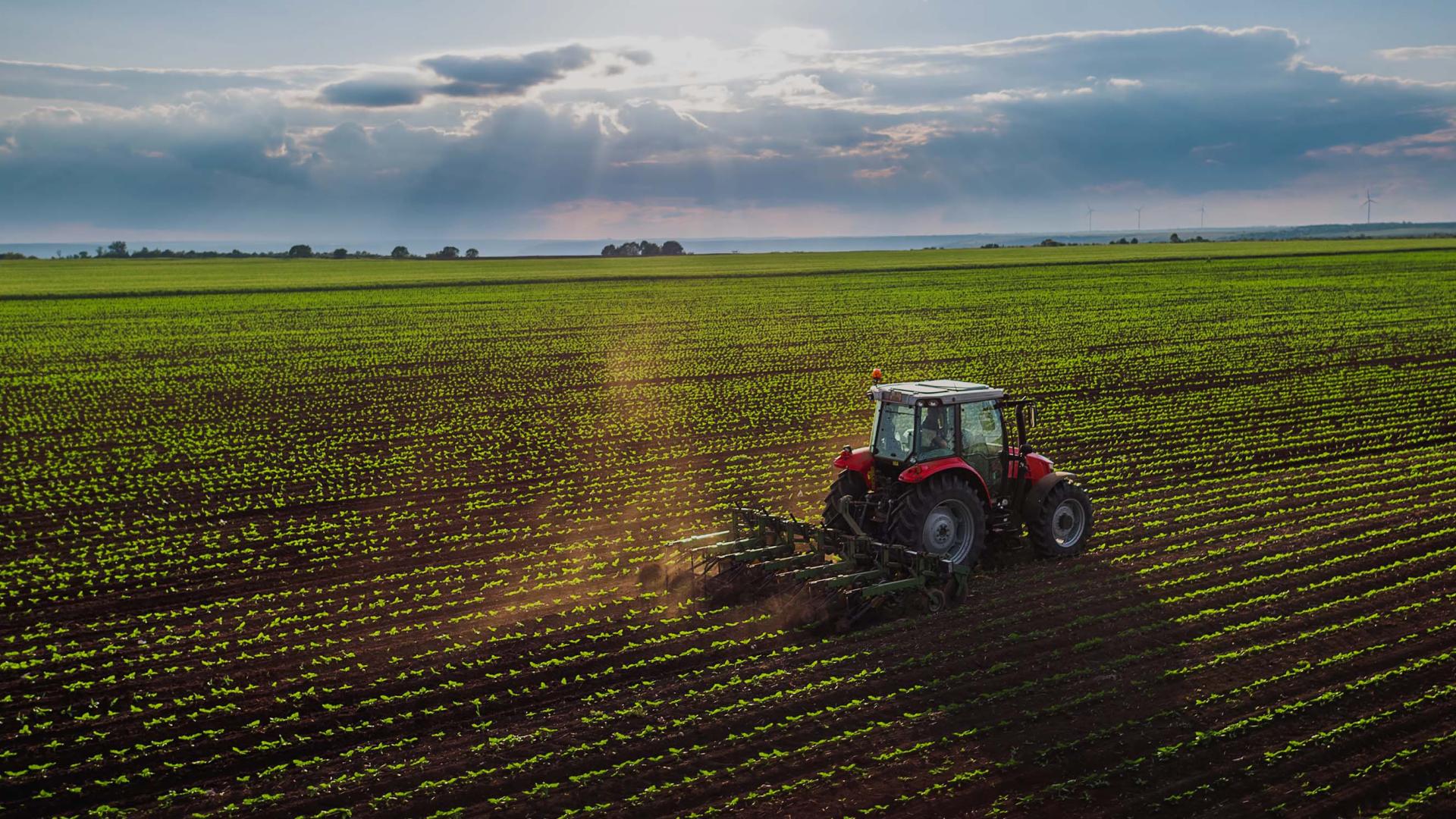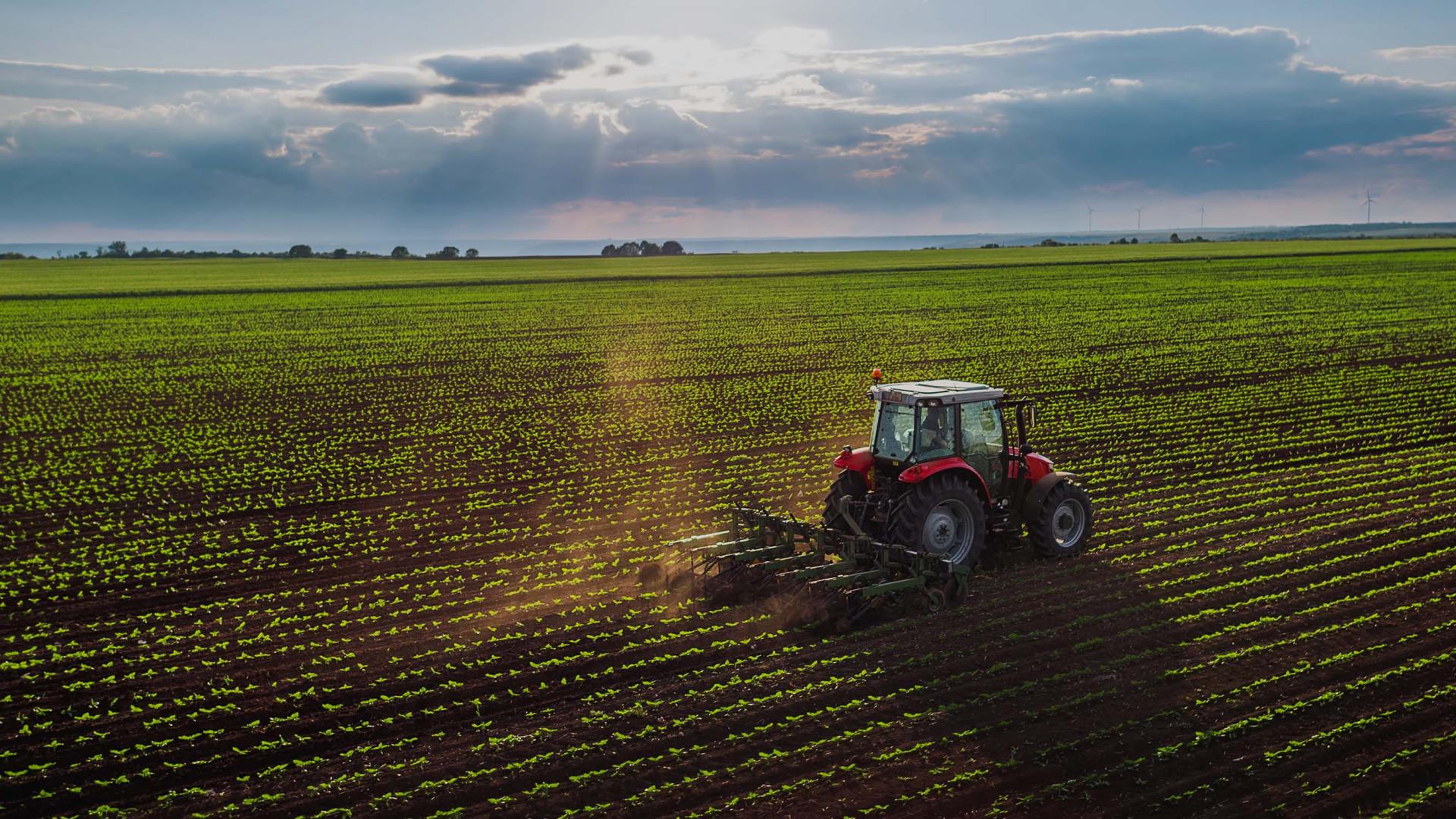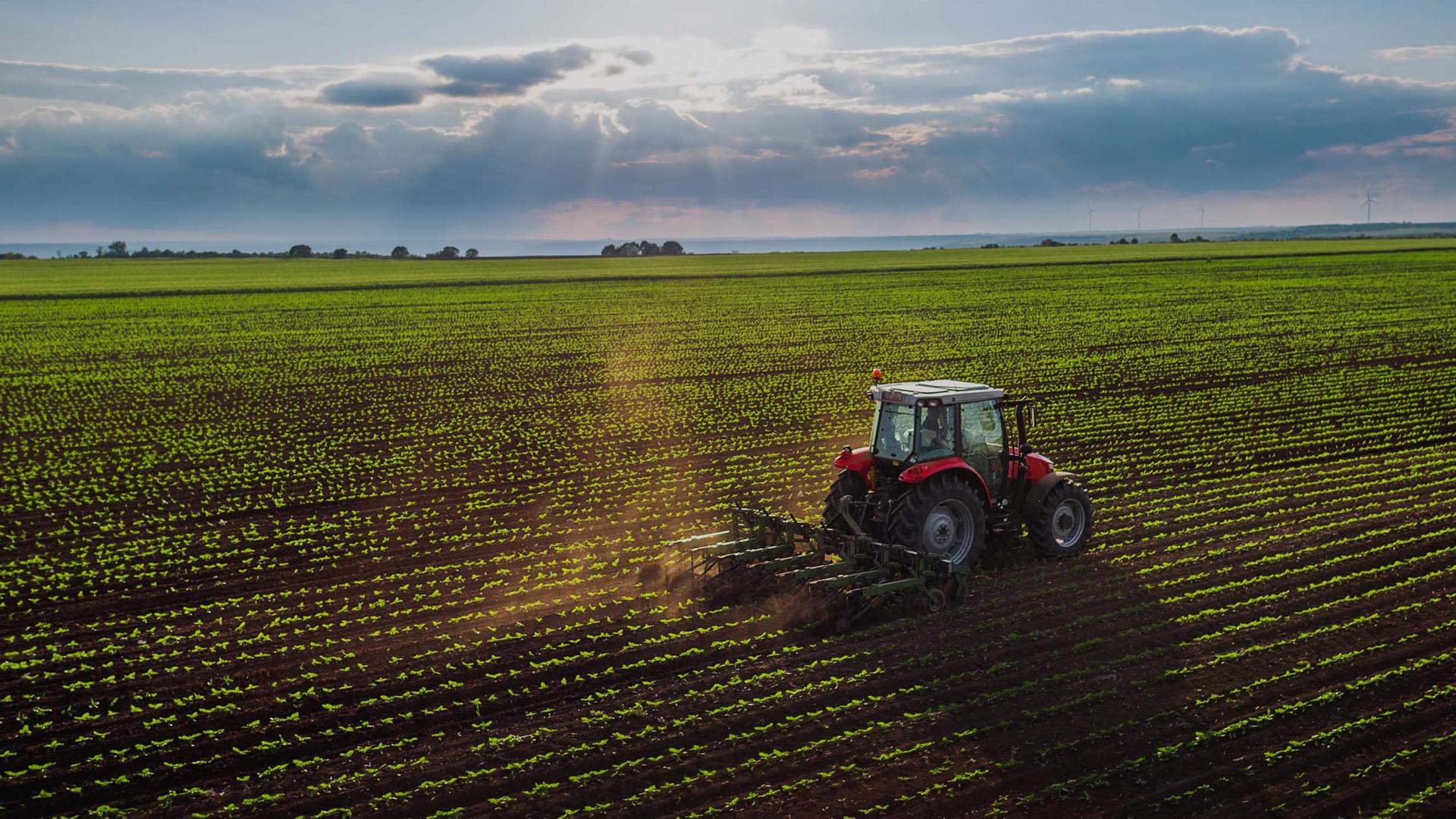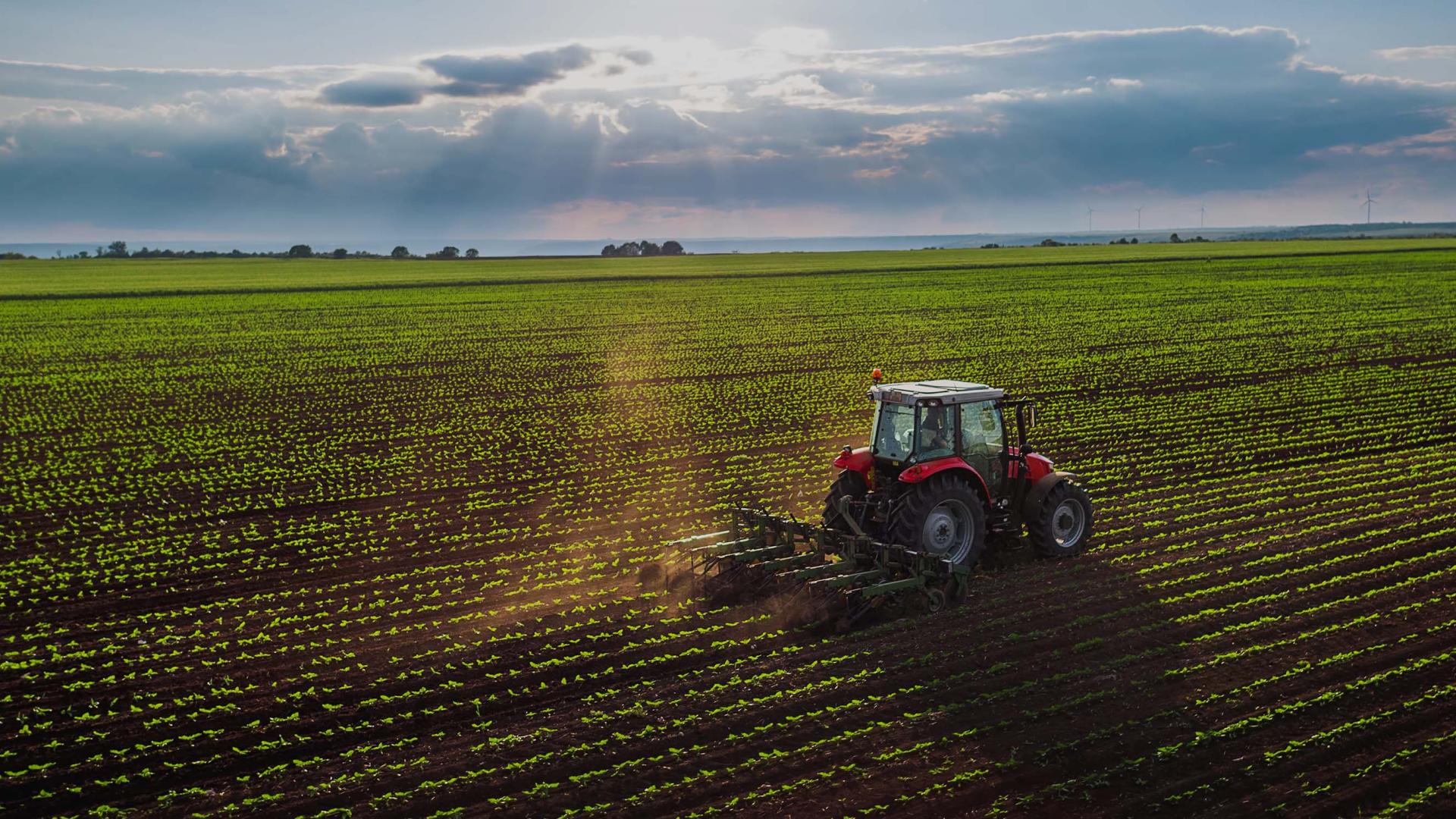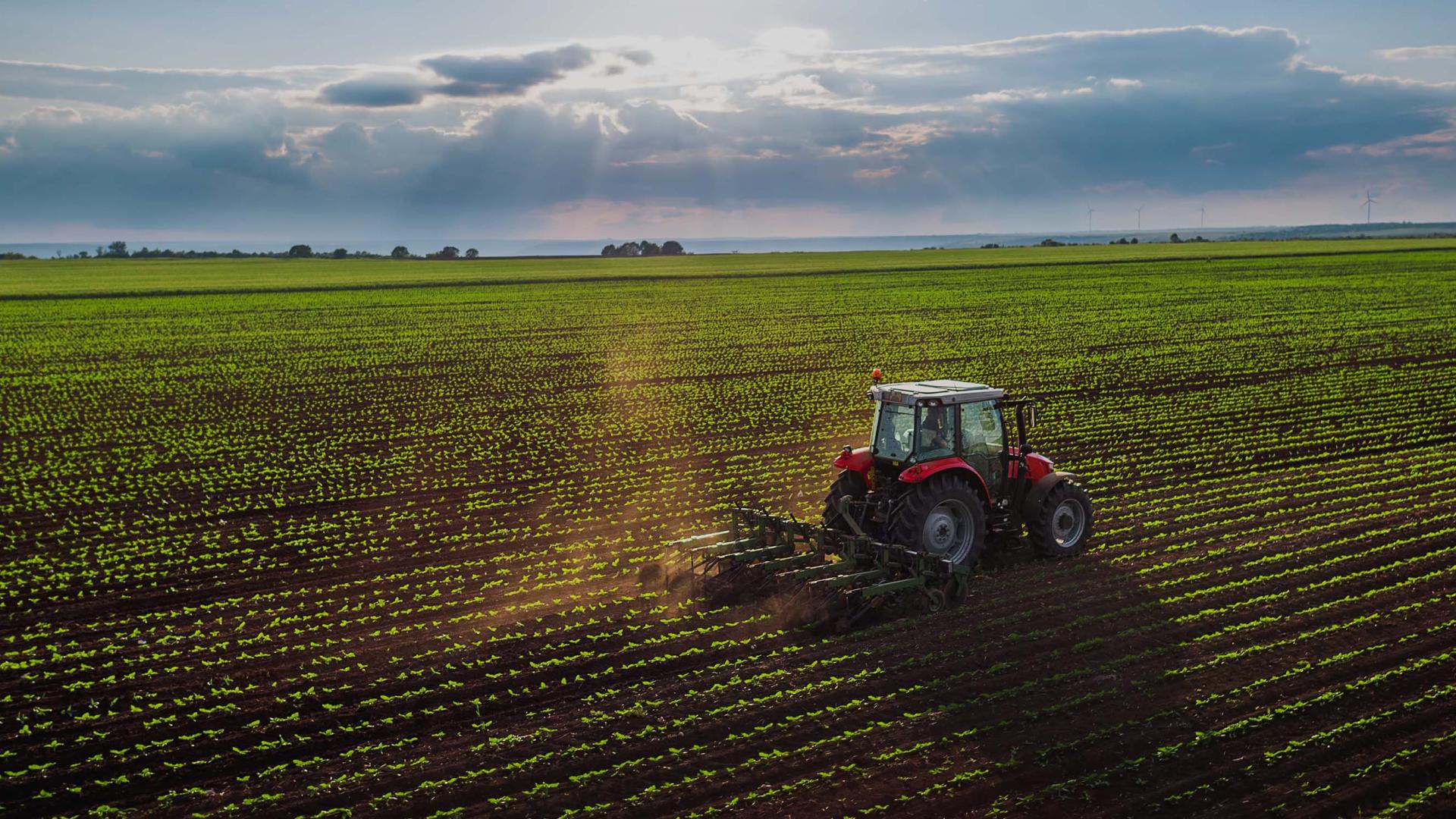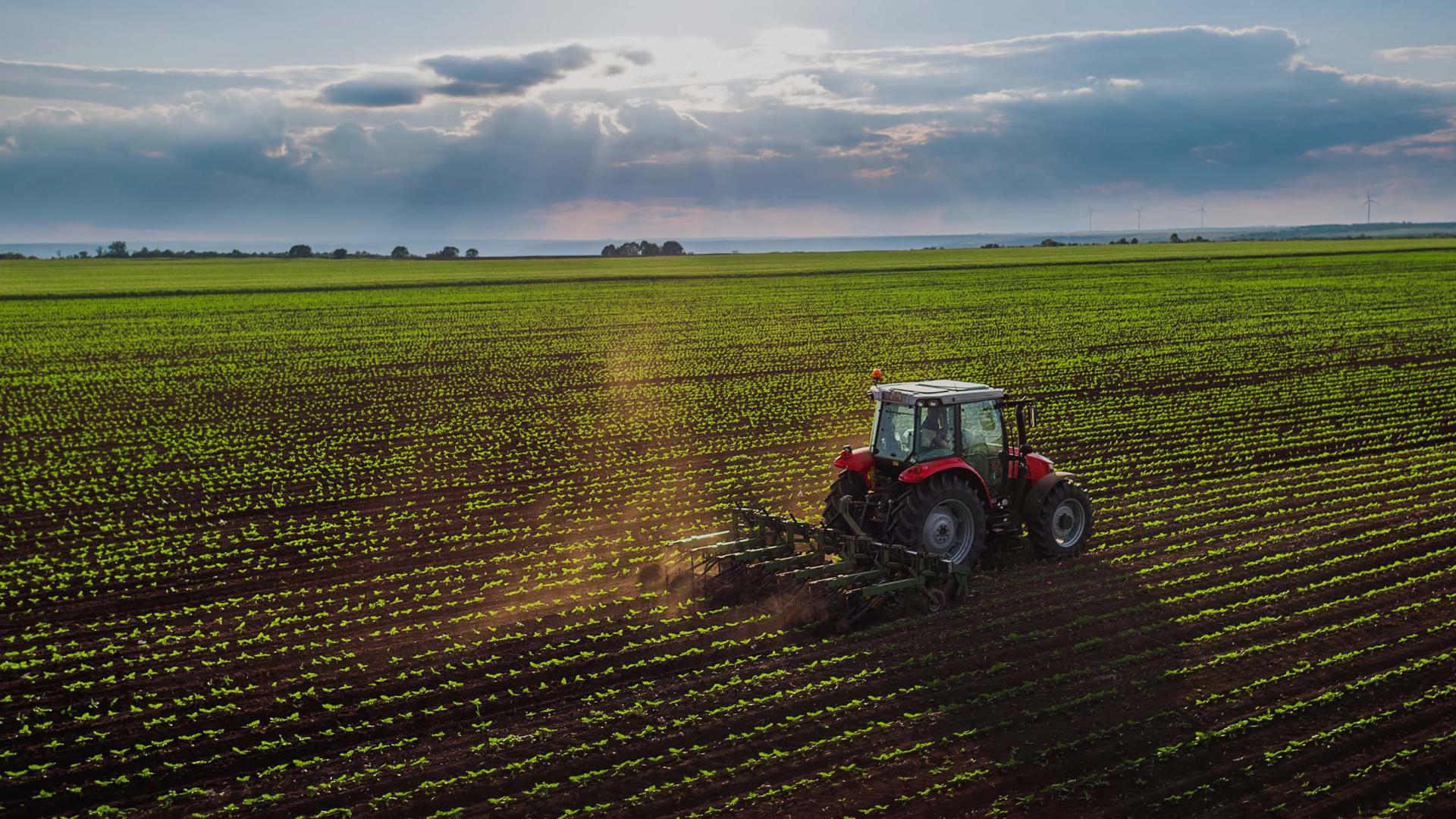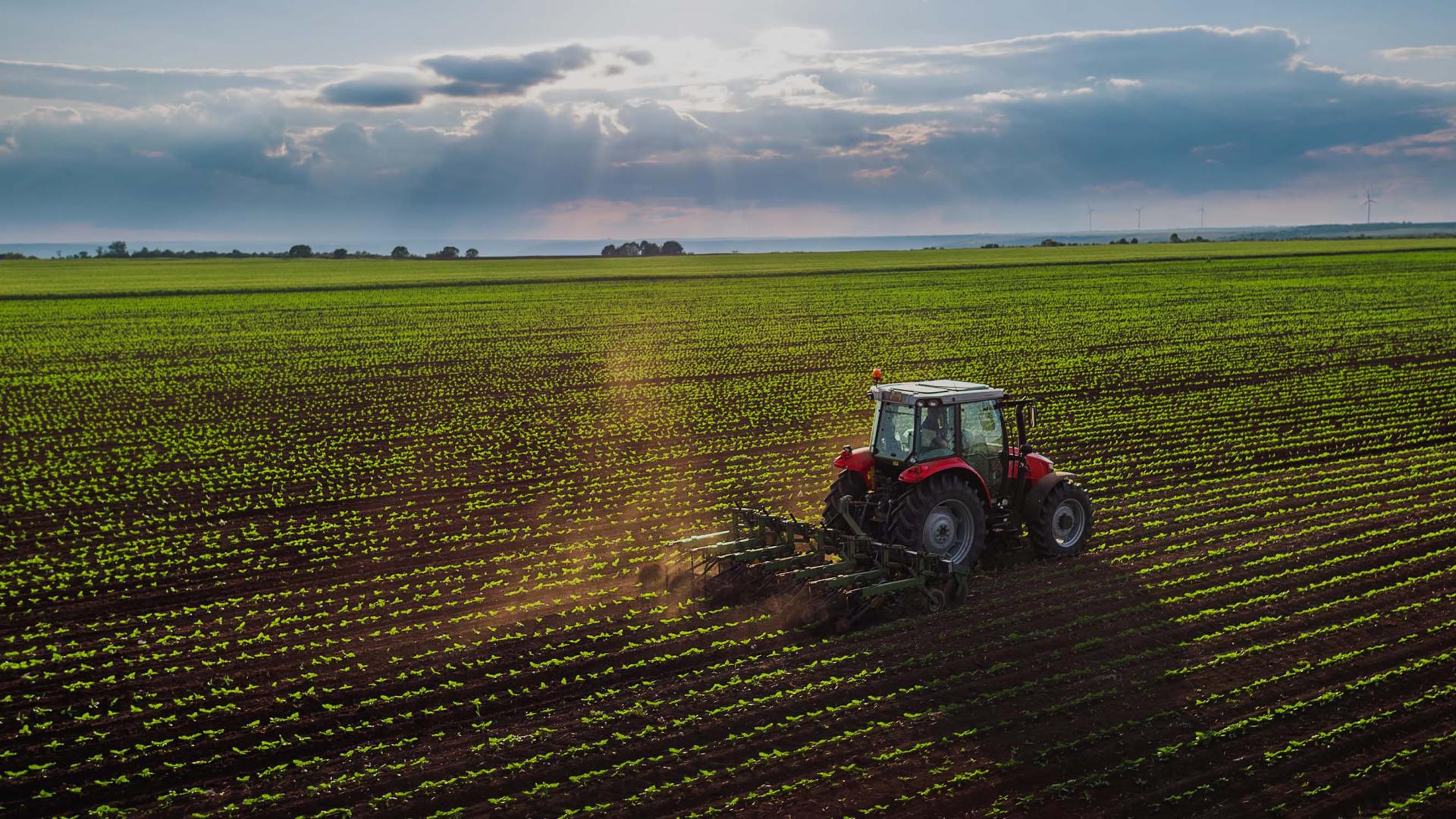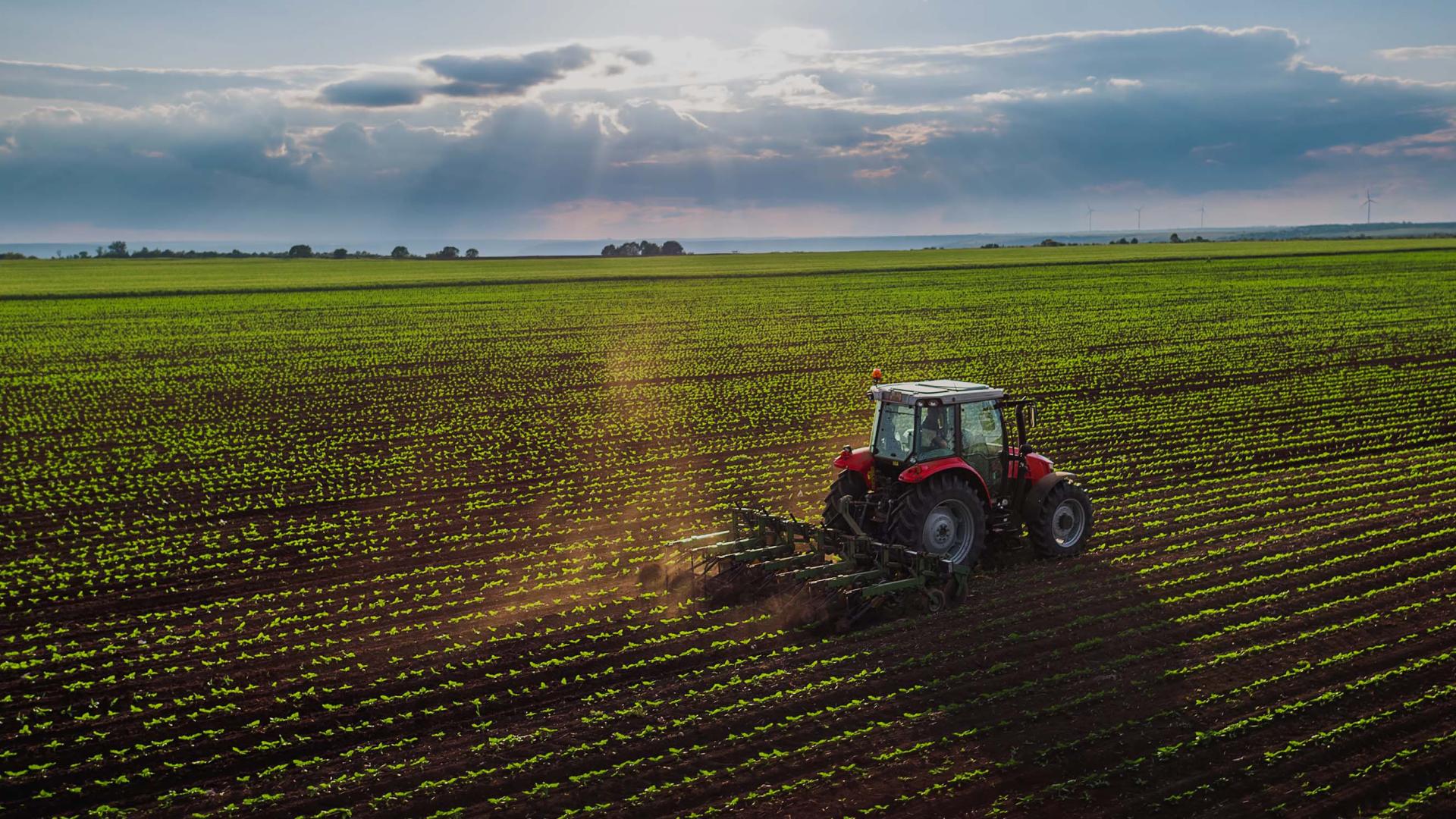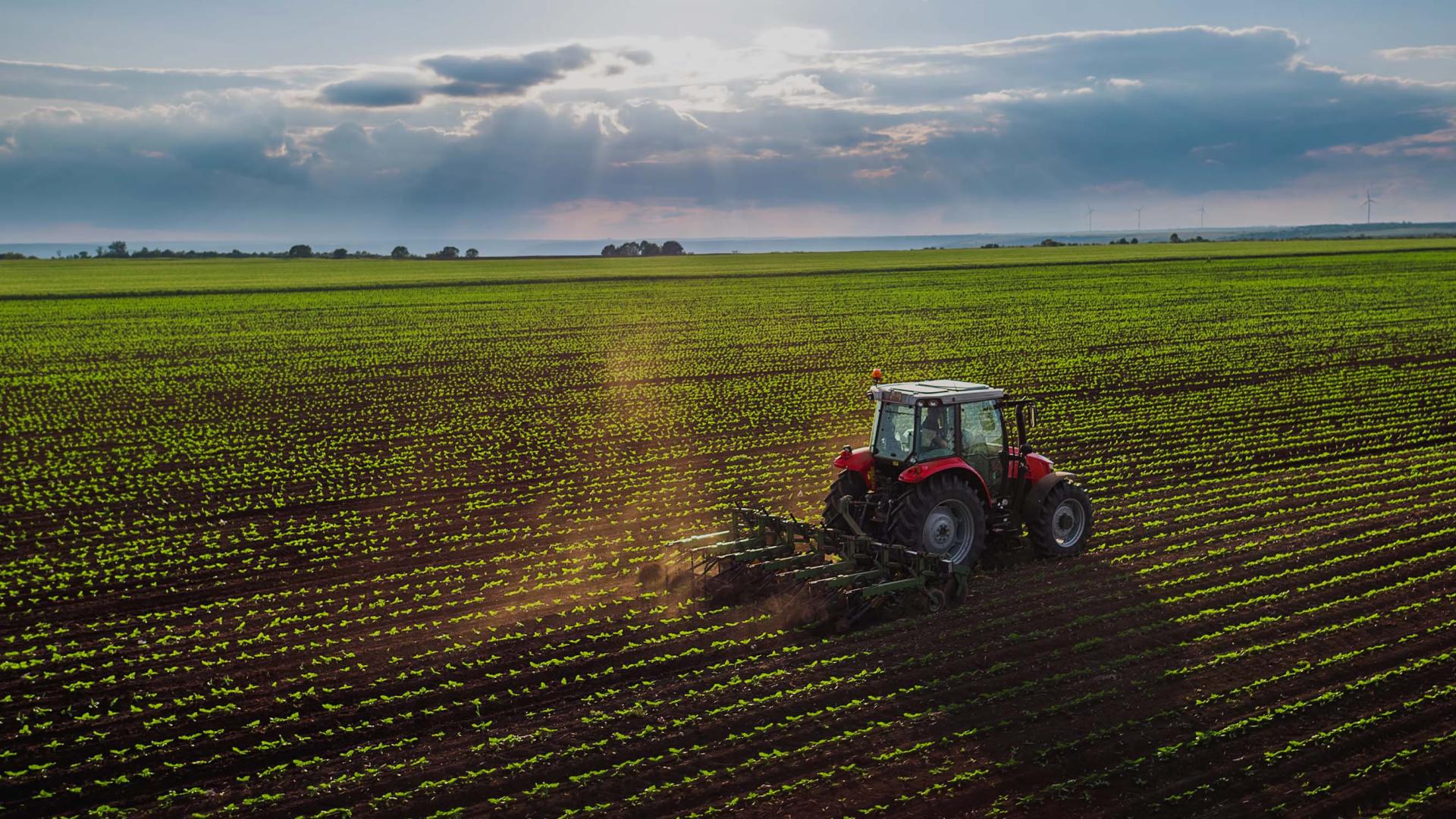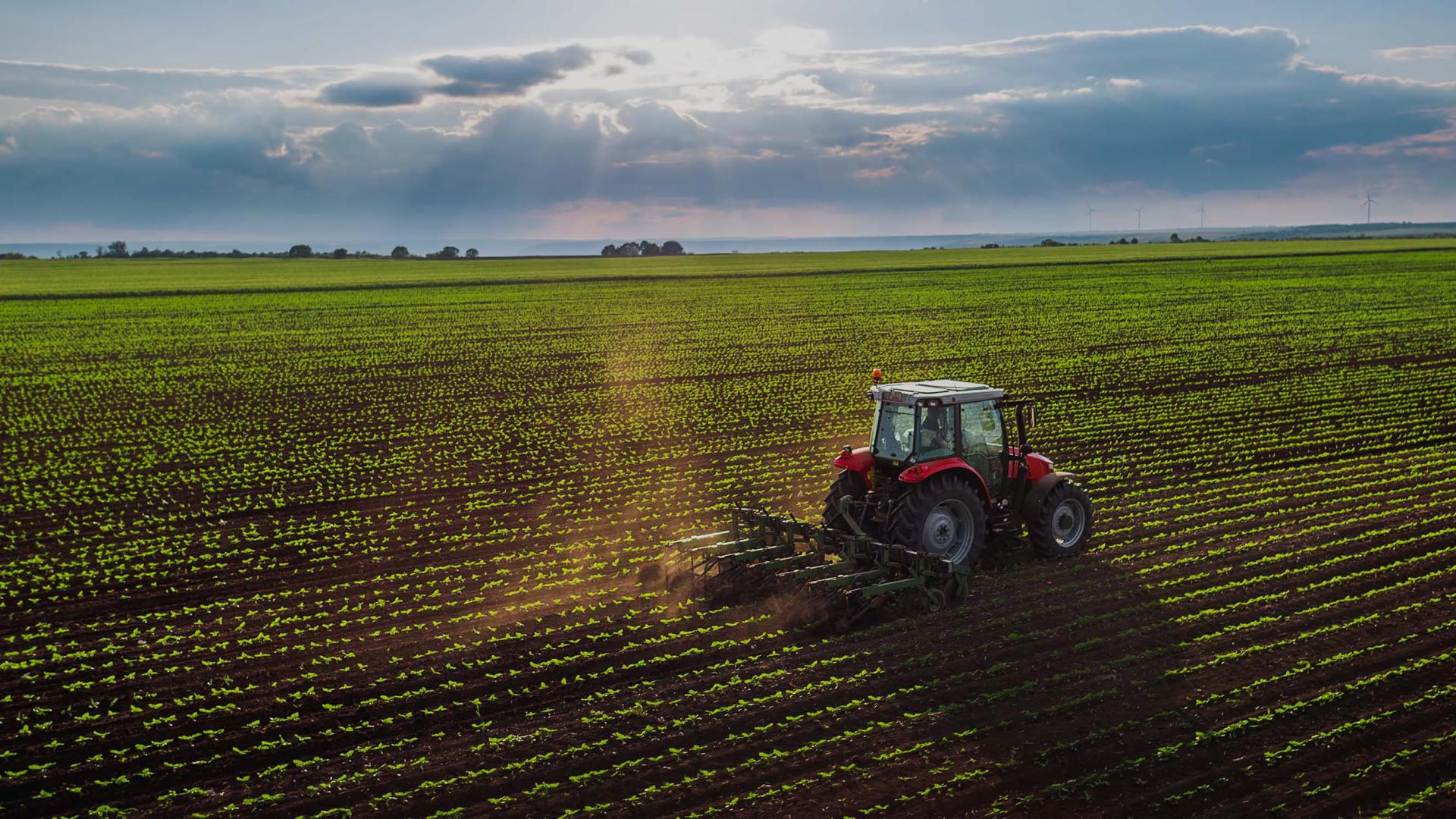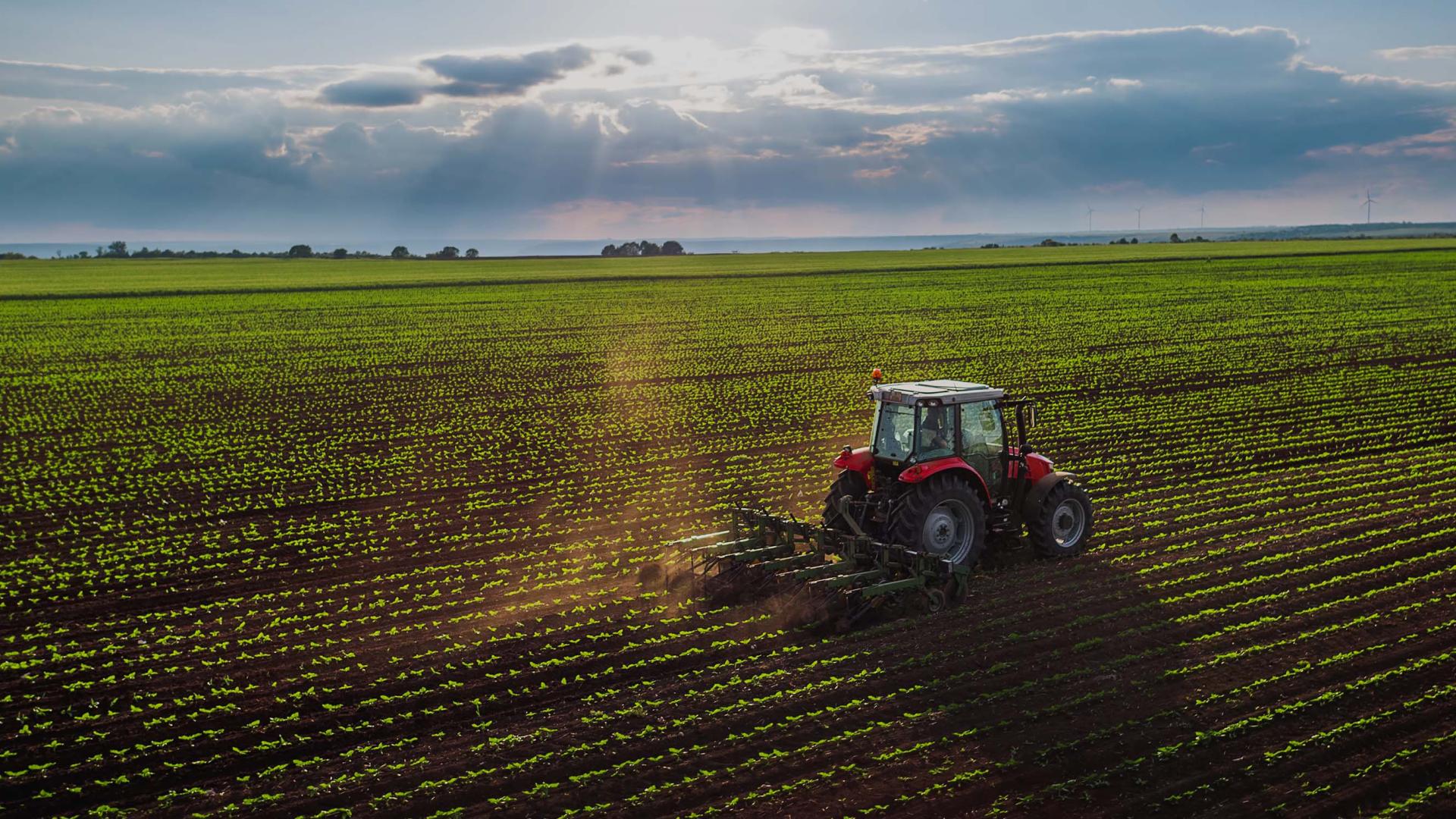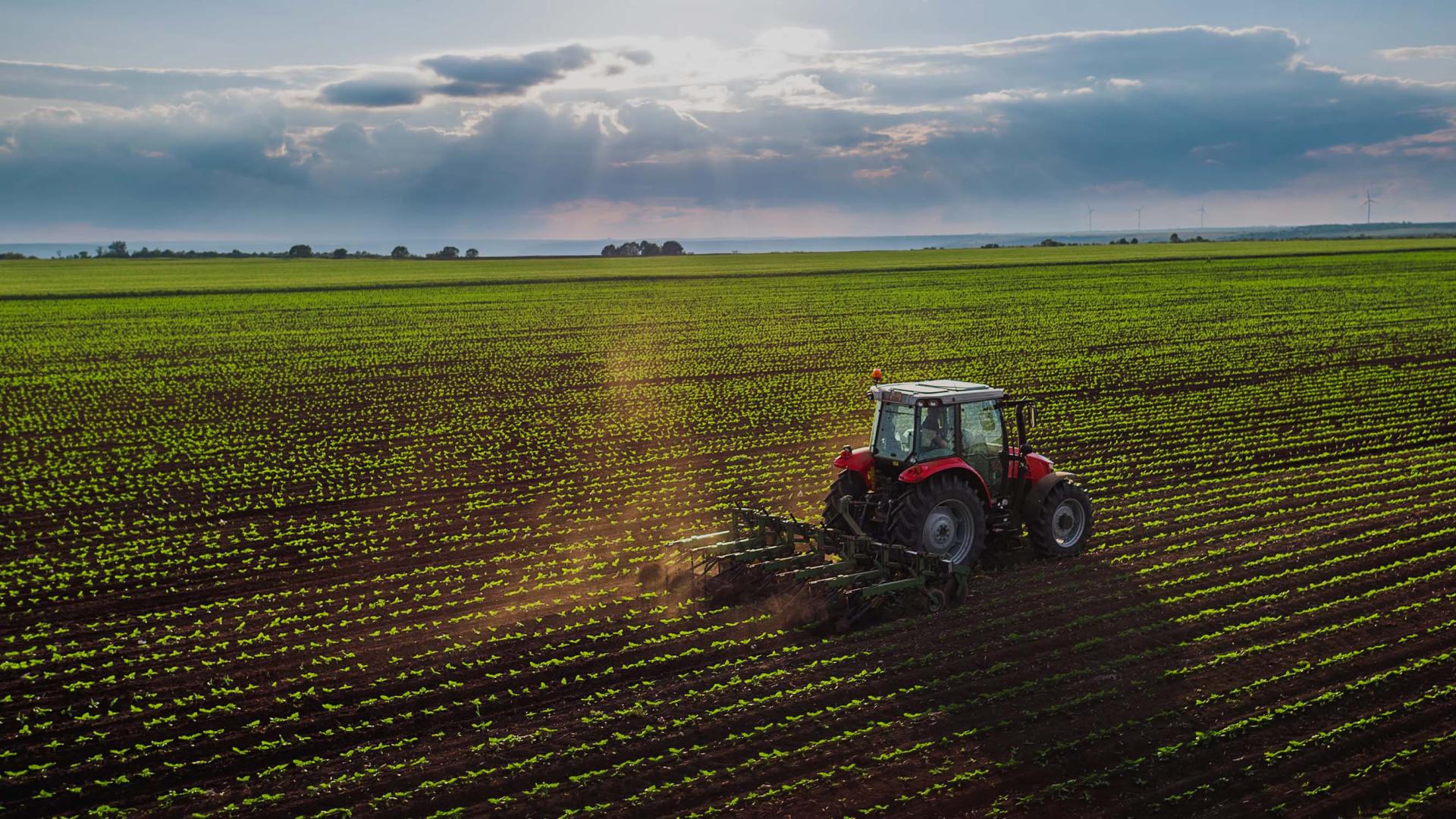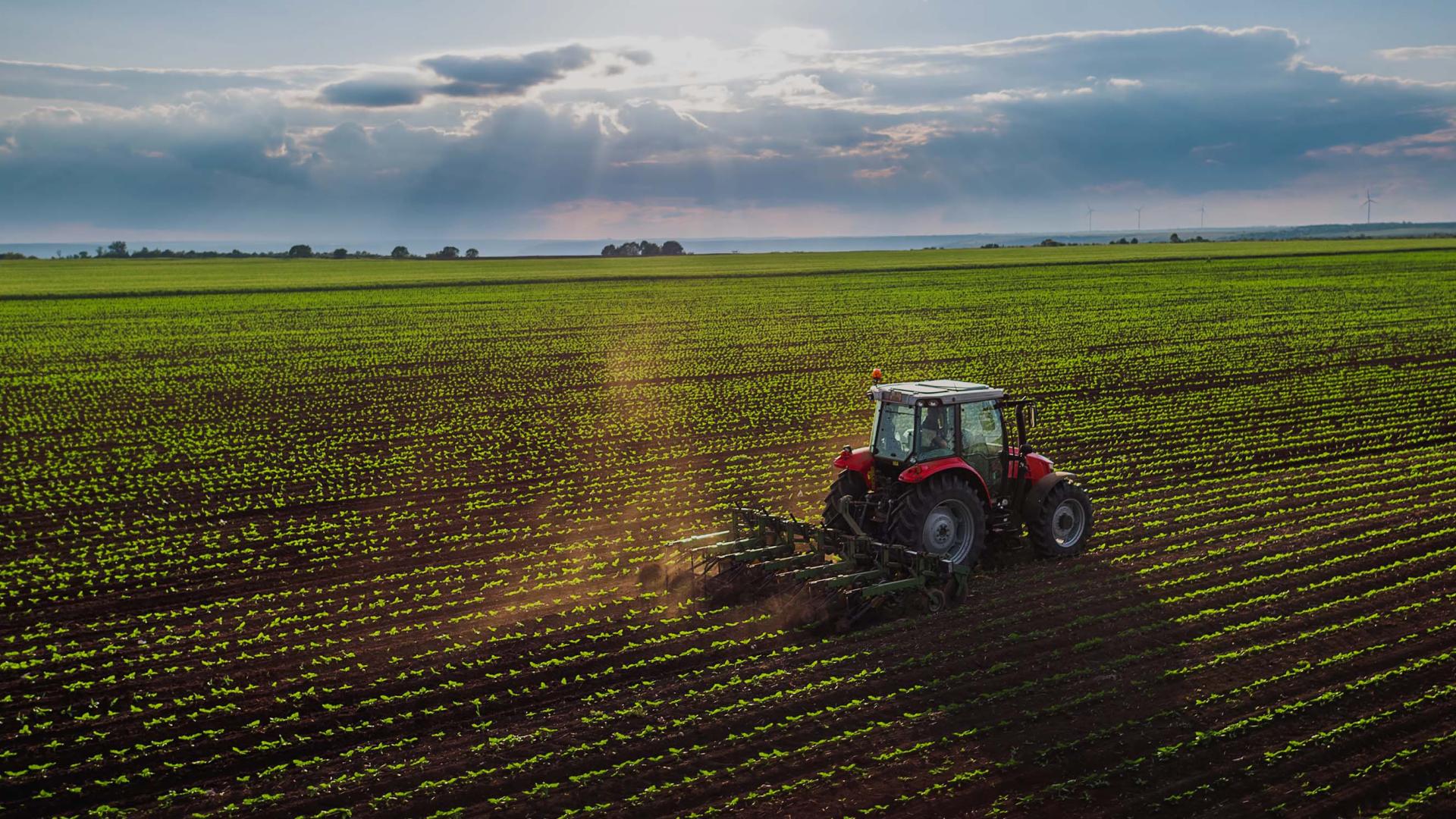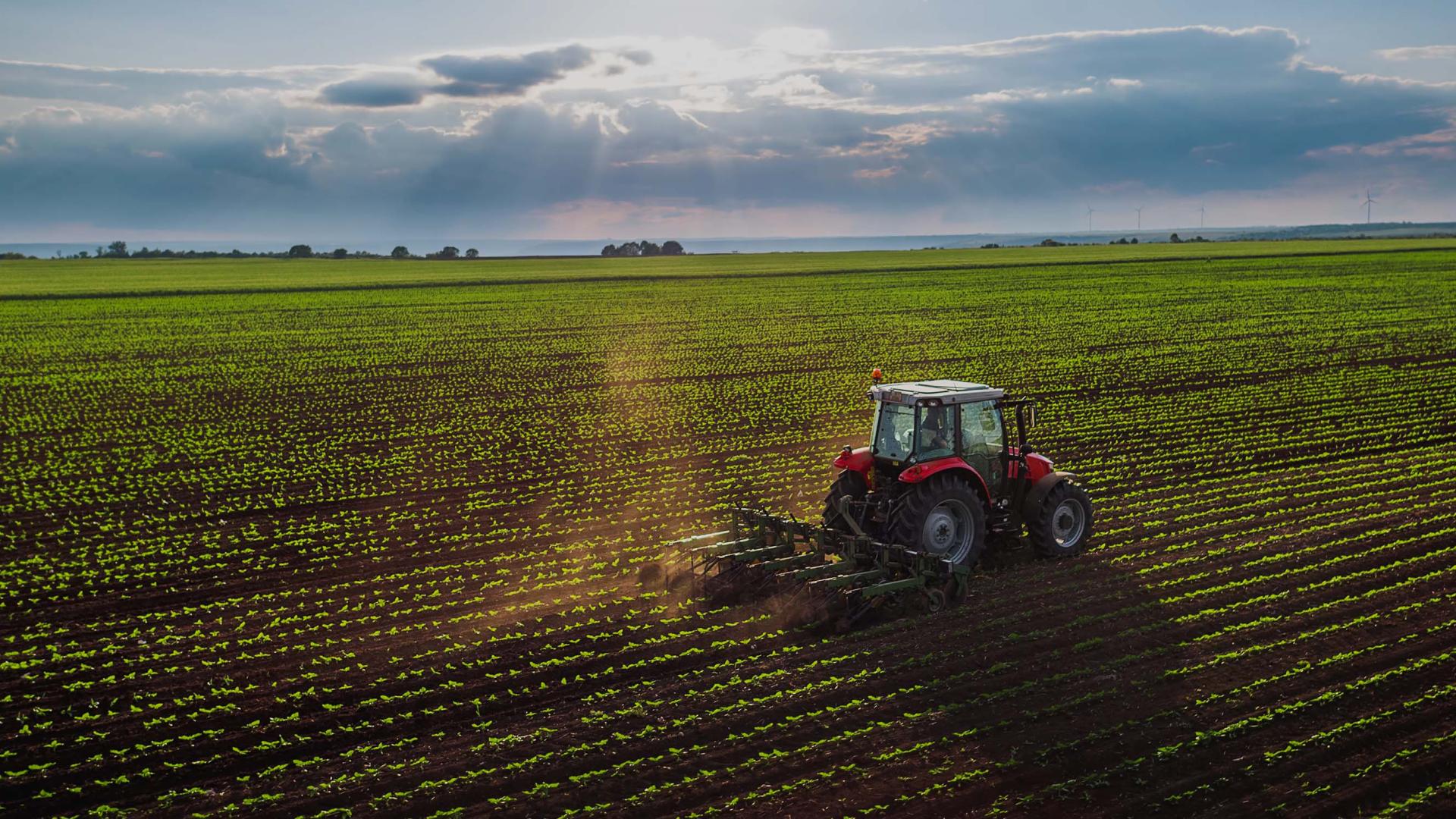Farm shops represent a unique blend of agricultural production and retail commerce, creating distinctive insurance needs that standard bus…
Farm Horticulture Insurance: Comprehensive Coverage for Agricultural Growing Operations
Farm horticulture represents one of the most specialized and risk-intensive sectors within agriculture, encompassing everything from commercial flower production and vegetable growing to fruit cultivation and nursery operations. Unlike traditional farming, horticultural enterprises face unique challenges that require specialized insurance coverage tailored to their specific operational risks and seasonal vulnerabilities.
Understanding Farm Horticulture Insurance
Farm horticulture insurance is a specialized form of agricultural insurance designed specifically for businesses involved in the cultivation of fruits, vegetables, flowers, plants, and other horticultural crops. This coverage goes beyond standard farm insurance to address the unique risks associated with intensive cultivation methods, controlled environment agriculture, and high-value crop production.
The horticultural sector encompasses a diverse range of operations including commercial vegetable production, fruit orchards, cut flower cultivation, plant nurseries, greenhouse operations, polytunnel farming, and specialized crop production such as herbs, soft fruits, and ornamental plants. Each of these operations presents distinct risk profiles that require carefully tailored insurance solutions.
Key Coverage Areas in Farm Horticulture Insurance
Property and Buildings Coverage
Horticultural operations typically involve significant investment in specialized infrastructure. Property coverage for farm horticulture includes protection for greenhouses, polytunnels, cold storage facilities, packing houses, irrigation systems, and processing equipment. These structures are often more vulnerable to weather damage than traditional farm buildings due to their glass or plastic construction and the need for climate control systems.
Coverage extends to damage from storms, hail, fire, theft, and vandalism. Given the specialized nature of horticultural infrastructure, replacement costs can be substantial, making adequate property coverage essential for business continuity.
Crop and Stock Protection
The heart of any horticultural operation lies in its crops and growing stock. Crop insurance for horticulture covers plants at all stages of growth, from seedlings and young plants to mature crops ready for harvest. This includes protection against weather-related damage, disease outbreaks, pest infestations, and contamination issues.
Stock coverage also extends to harvested produce in storage, plants held for sale, seeds, fertilizers, pesticides, and other growing materials. The seasonal nature of horticultural production means that significant value can be concentrated in crops at specific times of the year, requiring careful assessment of coverage limits.
Equipment and Machinery Coverage
Modern horticulture relies heavily on specialized equipment including irrigation systems, climate control equipment, harvesting machinery, grading and packing equipment, and transportation vehicles. Equipment coverage protects against breakdown, theft, and damage, ensuring that critical operations can continue during peak growing and harvesting seasons.
Mobile equipment such as tractors, sprayers, and harvesting machines require additional consideration for both on-farm and transit coverage, particularly when equipment moves between different growing sites or to contract work locations.
Business Interruption Protection
Business interruption coverage is particularly crucial for horticultural operations due to their seasonal nature and dependency on specific growing cycles. This coverage provides compensation for lost income when operations are disrupted by insured events such as fire, storm damage, or equipment breakdown.
For horticultural businesses, business interruption can occur at critical times such as during planting, growing, or harvest seasons, potentially affecting an entire year's income. Coverage should account for the time needed to replant, regrow crops, and return to normal production levels.
Public and Products Liability
Horticultural businesses face significant liability exposures, particularly those involved in direct sales to consumers, farmers' markets, or supplying restaurants and retailers. Public liability coverage protects against claims arising from injury to visitors to the farm, while products liability covers claims related to contaminated or harmful produce.
Given increasing consumer awareness of food safety and traceability, products liability coverage has become increasingly important for horticultural operations, particularly those involved in organic production or specialty crops.
Employers Liability Coverage
Horticultural operations often require seasonal labor for planting, maintenance, and harvesting activities. Employers liability coverage protects against claims from employees injured during work activities, which can include risks associated with machinery operation, chemical handling, and manual labor in challenging outdoor conditions.
Seasonal employment patterns in horticulture require careful consideration of coverage periods and employee classifications to ensure adequate protection throughout varying workforce levels.
Specific Risks in Farm Horticulture
Weather-Related Risks
Horticultural crops are particularly vulnerable to weather extremes. Late frosts can devastate fruit crops, hail can destroy greenhouse structures and crops, while excessive rainfall or drought can significantly impact yields. Climate change has increased the frequency and severity of extreme weather events, making weather-related coverage increasingly important.
Specialized coverage may be required for specific weather risks such as frost protection for fruit crops, wind damage to greenhouse structures, or flood damage to low-lying growing areas.
Pest and Disease Risks
Intensive horticultural production can be vulnerable to rapid spread of pests and diseases, particularly in greenhouse environments or monoculture operations. Coverage may include compensation for crop losses due to pest outbreaks, disease infections, or contamination requiring crop destruction.
Biological risks also extend to soil-borne diseases, viral infections, and quarantine pests that may require destruction of entire crops or growing areas.
Technology and Equipment Risks
Modern horticulture increasingly relies on sophisticated technology including automated irrigation systems, climate control equipment, and monitoring systems. Failure of these systems, particularly during critical growing periods, can result in significant crop losses.
Coverage should address both the replacement cost of failed equipment and the consequential crop losses that may result from system failures.
Market and Supply Chain Risks
Horticultural products often have short shelf lives and specific market windows. Disruption to supply chains, transportation delays, or market access issues can result in significant losses even when crops are successfully grown.
Some policies may include coverage for losses arising from supply chain disruption, transportation delays, or market access issues beyond the grower's control.
Specialized Horticultural Operations
Greenhouse and Protected Cropping
Greenhouse operations face unique risks including structural damage from weather, heating system failures, and contamination issues. Coverage must address the high-value infrastructure involved and the intensive nature of protected cropping systems.
Climate control system failures can be particularly devastating, potentially destroying entire crops within hours if heating, cooling, or ventilation systems fail during extreme weather conditions.
Organic Production
Organic horticultural operations face additional risks including contamination from neighboring conventional farms, certification issues, and limited pest and disease control options. Specialized coverage may be required to address the premium values associated with organic production and the costs of re-certification following contamination events.
Cut Flower Production
Cut flower operations face specific risks including timing-sensitive harvesting, cold storage requirements, and transportation to markets. Coverage must address the perishable nature of cut flowers and the critical importance of maintaining cold chain integrity.
Fruit Production
Fruit growing operations, particularly tree fruits, represent long-term investments that can be vulnerable to weather damage, disease, and market fluctuations. Coverage must consider the multi-year investment in establishing orchards and the potential for total loss requiring replanting and several years to return to production.
Nursery Operations
Plant nurseries face risks including stock losses from weather, disease, and pest issues, as well as the challenge of maintaining diverse plant collections with varying care requirements. Coverage must address the wide range of plant values and the specialized knowledge required for successful nursery operation.
Risk Management in Farm Horticulture
Prevention and Mitigation
Effective risk management in horticulture involves both prevention and mitigation strategies. This includes proper site selection, appropriate crop selection for local conditions, integrated pest management programs, and investment in protective infrastructure such as windbreaks, drainage systems, and frost protection equipment.
Insurance providers often offer premium discounts for operations that demonstrate effective risk management practices, including certification schemes, quality assurance programs, and documented safety procedures.
Record Keeping and Documentation
Comprehensive record keeping is essential for horticultural insurance claims, including planting records, input applications, weather monitoring, and yield documentation. Digital monitoring systems and photographic evidence can be valuable in supporting insurance claims.
Professional Advice and Support
Working with agricultural advisors, plant pathologists, and other specialists can help identify and mitigate risks while ensuring compliance with industry standards and certification requirements.
Choosing the Right Farm Horticulture Insurance
Assessing Coverage Needs
Selecting appropriate farm horticulture insurance requires careful assessment of specific operational risks, including crop types, growing methods, infrastructure investments, and market exposures. Coverage limits should reflect current replacement costs and potential income losses.
Understanding Policy Terms
Horticultural insurance policies often include specific terms and conditions related to growing practices, risk management requirements, and claims procedures. Understanding these requirements is essential for maintaining coverage validity.
Working with Specialists
Given the specialized nature of horticultural risks, working with insurance providers and brokers who understand agricultural operations is essential for obtaining appropriate coverage at competitive rates.
Claims Management and Recovery
Prompt Notification
Horticultural insurance claims often involve perishable crops or time-sensitive situations requiring prompt notification to insurers. Early involvement of loss adjusters can help preserve evidence and minimize losses.
Documentation Requirements
Successful claims require comprehensive documentation including photographs, expert assessments, and detailed records of losses. Maintaining regular monitoring and documentation throughout the growing season can support claims processes.
Business Recovery
Insurance coverage should support not only immediate loss compensation but also business recovery and continuity planning, ensuring that operations can resume as quickly as possible following insured events.
Future Considerations in Farm Horticulture Insurance
Climate Change Adaptation
Increasing weather volatility and changing growing conditions require insurance products that can adapt to evolving risk profiles while supporting growers in implementing climate adaptation strategies.
Technology Integration
Advancing agricultural technology, including precision agriculture, automated systems, and data analytics, presents both opportunities for improved risk management and new coverage requirements for sophisticated equipment and systems.
Sustainability and Environmental Considerations
Growing emphasis on sustainable production methods and environmental stewardship may influence insurance requirements and coverage options, particularly for operations pursuing certification schemes or environmental programs.
Market Evolution
Changing consumer preferences, direct marketing opportunities, and evolving supply chains require insurance coverage that can adapt to new business models and market approaches in horticulture.
Conclusion
Farm horticulture insurance represents a specialized and essential form of protection for one of agriculture's most intensive and risk-exposed sectors. The unique combination of weather vulnerability, biological risks, technology dependence, and market sensitivity requires carefully tailored insurance solutions that understand the specific challenges facing horticultural operations.
Successful horticultural enterprises recognize that comprehensive insurance coverage is not just about protecting against catastrophic losses, but about providing the financial security necessary to invest in innovation, technology, and sustainable growing practices that drive long-term success.
Working with experienced insurance providers who understand the complexities of horticultural production ensures that coverage evolves with changing risks and operational requirements, providing the foundation for sustainable and profitable horticultural enterprises.
The investment in appropriate farm horticulture insurance represents not just protection against potential losses, but confidence in the ability to continue serving markets, employing communities, and contributing to the essential work of food and plant production that supports society as a whole.


 0330 127 2333
0330 127 2333

